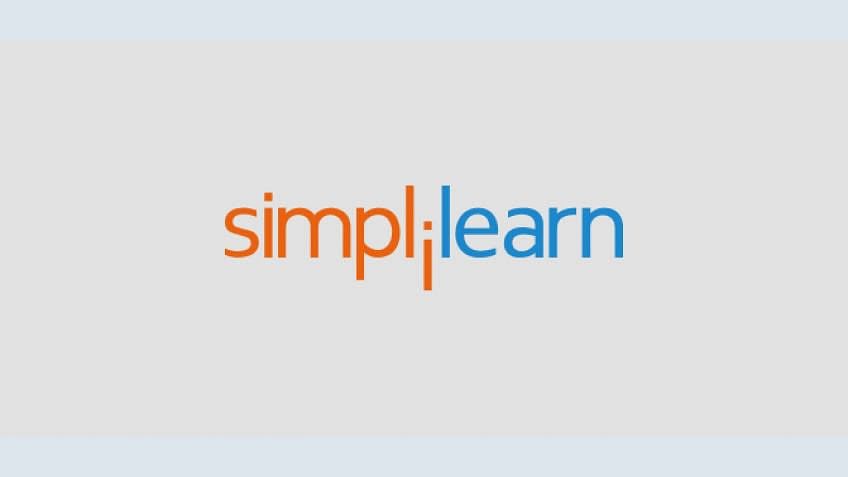Agile Project Management Framework is a modern agile framework that covers the entire lifecycle of a project. APM framework was introduced by Mr. Jim Highsmith in the book,
Agile project management – creating innovative products.
Our PMP Certification Training Course is aligned with the latest PMP exam guidelines to help you get started the right way! Pass your exam in the first attempt! Enroll now!
APM Framework
Agile project management is an iterative method for managing software development projects, with an emphasis on continuous releases and integrating customer feedback with each iteration.
The Agile project management framework (APM) provides effective project management throughout the lifecycle of the project in an iterative and cohesive manner. Within the project scope, incorporates both traditional and modern aspects of project management.
It defines the APM framework as a series of steps that takes a project from an initial vision of the product to the final delivery of product. There are five different phases of Agile Project Management framework that occurs within a project development.
1. Envision Phase:
The envision phase is the initial phase of project management within an APM framework. In general, after approval of a business case, the agile key members are involved in the envision phase where they collaborate to create the compelling vision for a project. Envision phase identifies customer’s vision of the project, decides the key capabilities required in the project, set the business objectives of the project, identifies the quality objectives of the project, and identifies the right participants and stakeholders of the project and plans how the team will deliver the project.
2. Speculate Phase:
In the Speculate phase, the product vision into a backlog of requirements is translated, the overall approach to meet the requirements is realized and a high level release plan for the product is presented. There are two key activities in the Speculate phase:
1. The team must come up with at least an initial understanding of the requirements for the project. Each feature will be further broken down into one or more “user stories” for the team to discuss and estimate. The requirements also have to be prioritized so that the team knows in what order to start working on them.
2. The second aspect is to determine a high level milestone based plan that speculates how long it would take to create those features. This planning happens at multiple levels such as release level, wave level and iteration level.
Are you looking forward to making a mark in the Project Management field? If yes, enroll in the Agile Fundamental Program now and get a step closer to your career goal!
3. Explore Phase:
As the name suggests, in this phase agile team members explores various alternatives to implement and fulfill the requirements of a project. In this phase, work deliveries and testing takes place. Here, the product vision needs to be transformed to a release plan and then to the respective iteration plan. The team works in an iterative manner in the explore phase that means, they take a sub-set of the product’s features or stories and accept it into a plan for an iteration. Then it will proceed to work on the development for the stories. It goes hand-in-hand with the adapt phase, wherein the team learns from the experiences of development and the feedback from the customer.
4. Adapt Phase:
In the adapt phase, the agile team reviews the results of execution, the current situation, performance of the team against the plan and adapt as per the requirements. Adaptation can be changing the approach to project, changing the process, changing the environment, changing the project’s objectives and so on as per the requirements of the customers. Taking feedback, acknowledging it and adapting to the situation based on the feedback is the major work of this phase.
5. Close Phase:
This is the last phase within agile project management framework. It concludes the project in an ordered manner capturing the project’s key lessons. Know more about agile processes, agile methodologies, agile tool and techniques by registering for Simplilearn’s PMI-ACP certification online training. You can also attend Simplilearn’s agile certification classroom training course in your city in the US or India.
FAQs
1. What are agile project management frameworks?
The Agile project management or APM framework is a cohesive and iterative method of efficient project management during the project's entire lifecycle. It blends the traditional project management aspects with modern requirements that lie within the project's scope.
2. What are the 5 phases of agile project management?
The agile Project Management Framework is a modern framework covering the entire lifecycle of a project. The five different phases of the Agile Project Management framework include the envision phase, the speculate phase, the explore phase, the adapt phase, and the close phase.
3. What are 2 agile frameworks that can be used for managing projects?
Most agile teams prefer the two basic agile frameworks: scrum or kanban. Understanding these two frameworks initiate the road to attaining agile maturity.
4. What is agile project management?
An iterative approach that helps plan and guide project processes that break them into smaller cycles or sprints is called Agile project management.
5. What are some examples of agile practices?
Common agile practices include collaborating with the customer, teams working together daily, building projects around motivated individuals, and conveying information face-to-face.
6. What are the benefits of Agile Project Management?
Agile Project Management delivers numerous benefits, including more freedom to work on models that help utilize one's strengths, efficient use of resources enabling rapid deployment, greater flexibility and rapid detection of problems facilitating quick fixes.

